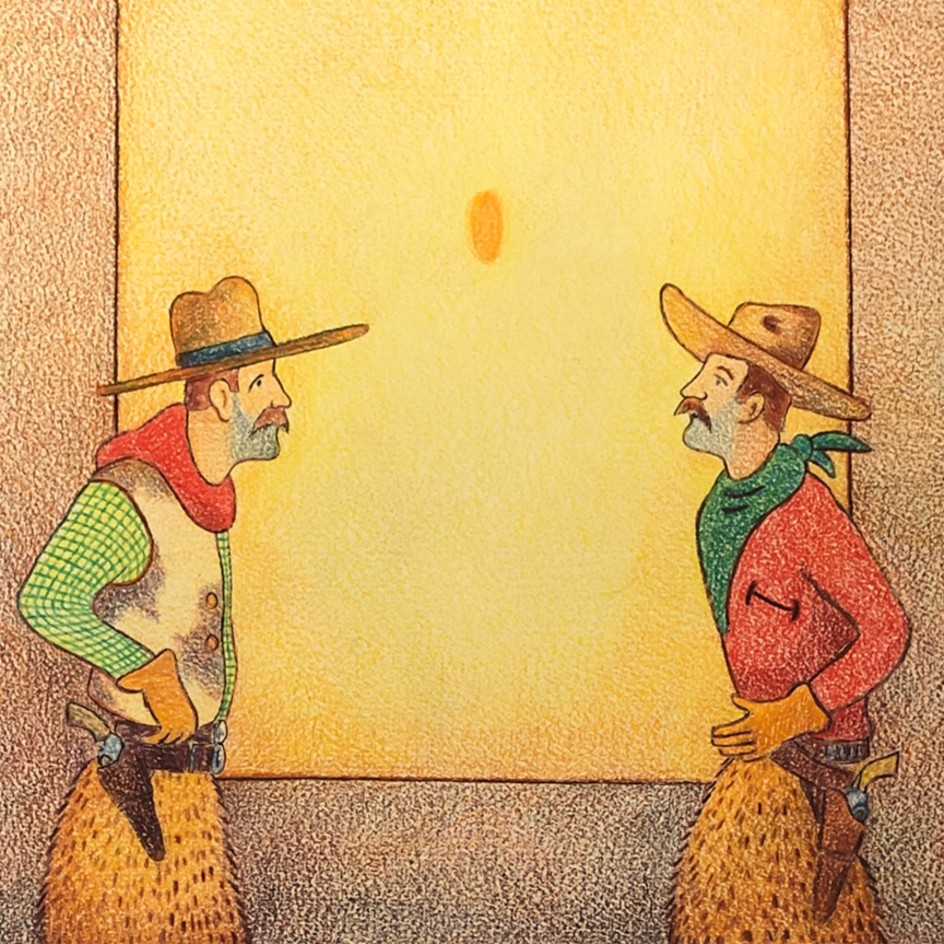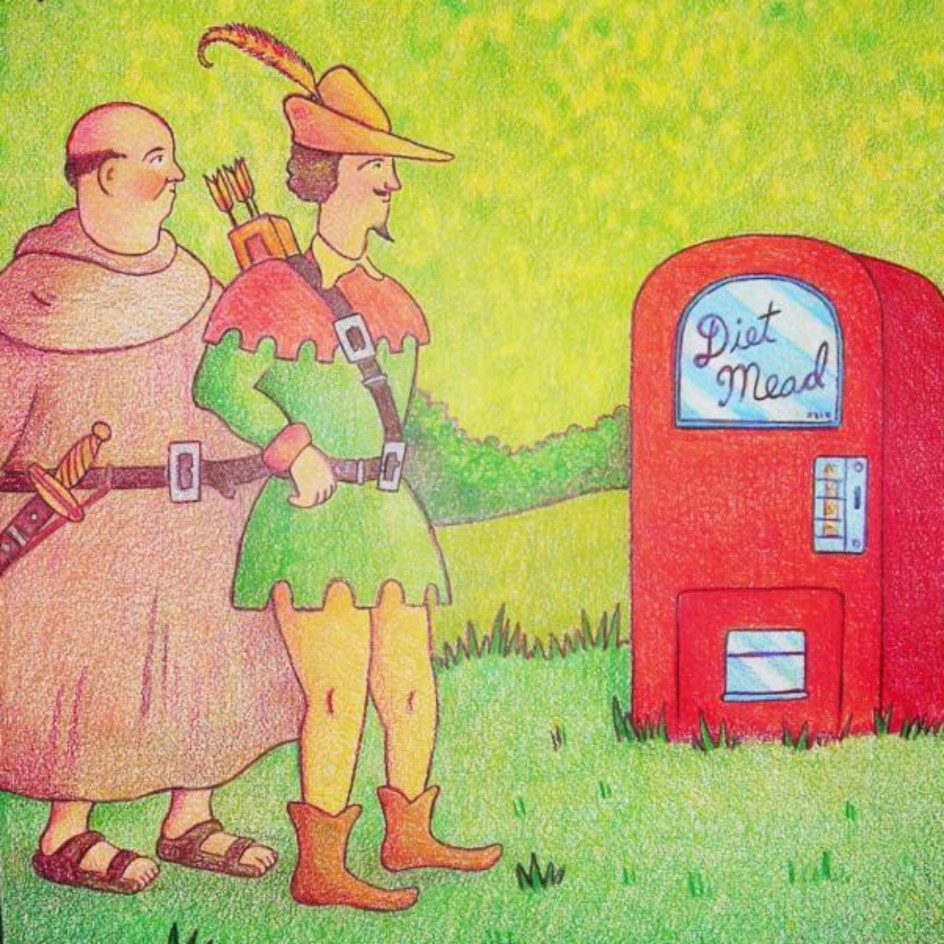Glen BAXTER
-

On the Rietveld Range

The Wonder Book of Boredom

Just what leads you to believe

Jack still wasn't entirely happy with the cloud arrangement

We dont hold with no site specific works

The Wonder Book of Sex

The journey in to the office each day

I prefer your earlier less figurative work

For a few years I managed

Rumours of my penchant

I can see it has potential

An acute case of Modernism

Together we were able to remove all traces of

Tex was definitely developing a taste for minor Bonnards

Robin assured me that he was an

Spending the night with Scott had clearly not been such a

Dr Bristow s lectures on the theory of

AT LONG LAST BOB HAD SETTLED

Baseball

It was not too long before Robinson's watercolor technique

Sharing an apartment with Ken

'Looks like you're sliding inexorably into figuration'

'Perhaps I could re-awaken your interest in lettuce'

It was my first day at the head office and already

Colin's recipe for baked Trout...

It was our first date

I'm afraid what this means...

For Phyllis it was the defining moment

It was clearly too late...
-

After lights out...
-

Although the Dean's collection of pornography...
-

Big Jake's views on abstraction...
-

Clearing the prairie of mosquitos...
-

I gave up the world of haute couture...
-

The advanced taxidermy section...
-

o my mind it seems...
-

With Uncle Frank one always...
-

We'll have no more talk of theoretical underpinning...
-

Derek was always insisting...
-

During the long weeks of quarantine...
-

For two years I worked for the Archbishop...
-

How to have fun in Switzerland No. 264
-

It was only later that I discovered...
-

Uncle Frank emerges from self isolation...
-

We discovered so many ways...

Summary
Over nearly six decades, Glen Baxter (b. 1944) has created an absurdist alternate reality, depicted in masterfully deadpan line drawings, often captioned and sometimes hand-colored. Attending the Leeds College of Art in the early 1960s, Glen Baxter found himself surrounded by students who cared only for abstraction and sought to paint like Mark Rothko or Willem de Kooning. As a lifelong fan of the Marx Brothers, Baxter was skeptical of their bombastic posturing, and all the more so when instructors chastised him for his irreverent figurative drawings. Taking his cue from his hero Harpo Marx, and also countercultural figures such as Alfred Jarry and André Breton, Baxter rebelled against the seriousness of the artworld by making art that was seriously unserious.
Baxter’s unique oeuvre evolved from his deep appreciation of Surrealism. Early in his career, he was especially inspired by the 1930s collages of Max Ernst. Ernst’s expert appropriation of Victorian engravings – and his subversion of their self-conscious propriety through nonsensical reshuffling – provided Baxter with a compelling alternative to the self-seriousness of Abstract Expressionism. He made the art of juxtaposition his own by appropriating the British adventure books of his youth. Their overwrought style, and language far too sophisticated for the young audience they were intended to entertain, translated naturally into a visual idiom that Baxter enlisted to upend the society he lived in utilizing the leverage of humor.
Baxter’s drawings most overtly enlist juxtaposition in an ongoing series set in the Wild West, where cowboys come face-to-face with the sort of abstract art his Leeds classmates so admired. For instance, Baxter depicts two men in Stetsons debating the merits of a painting comprising a single small blotch of color on an enormous blank canvas. “To my mind it seems too overtly freighted with meaning, Jed,” says one cowboy to the other. Aping artworld pretense, they make artistic discourse sound ridiculous while also implicitly questioning the conviction with which cognoscenti express their opinions.
Baxter’s ability to perceive and portray the absurdity of contemporary life has earned admiration from fellow masters of the absurd including the cartoonist Edward Gorey and the novelist Salman Rushdie. The great poet John Ashbery has traced his lineage back to figures ranging from Lewis Carroll to Raymond Roussel to the Comte de Lautréamont. Carrying their subversive sensibility forward into the 21st century, Baxter introduces a playful wit that is entirely his own.
Major exhibitions of Glen Baxter’s drawings and paintings have been held in New York, Paris, San Francisco, London, Munich, Tokyo and Sydney. In 1999 Baxter was commissioned by the French government to execute a tapestry. He has also worked on a series of etchings for the National Museum of Printmaking in Chatou, Paris. His work is in the collections of the Tate Gallery and V&A Museum in London and numerous museums and private collections around the world.
Press
Glen BAXTER
Glen Baxter: Beyond the Basalt Obelisk Press Release
2021-03-06





























